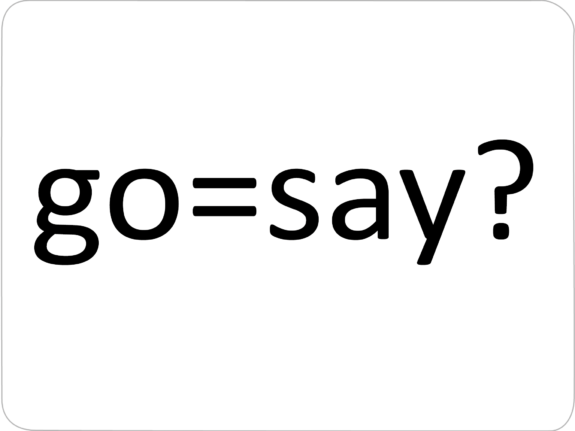
The lexicon
It's all in a word
What linguists call the ‘lexicon’ (from the Greek) is a catalogue of all the words of parts of words or signs known to any given individual, stored in his or her mind. More popularly, this is known as the vocabulary (from the Latin). New entries are constantly being created, and old entries fall out of use, or their meaning or pronunciation changes (in the case of foreign words becoming anglicised). Dictionaries, with the entries in alphabetical order, attempt to reproduce a common lexicon. No two individuals are likely to have exactly the same lexicon.
It is sometimes believed that a speaker’s capacity for language lies in the number of entries in his or her lexicon. But this ignores the morphology of assembling the words and the syntax of joining words together.
What the lexicon contains is a matter of debate. Necessarily, the lexicon contains something of the phonetic form of an item, possibly not the full phonetic form, but enough to allow it to be pronounced, and something of the meaning, but possibly rather less than the full meaning only recoverable from the way the item is used in actual speech in some particular context.
There is debate is about almost everything else. How much of the detail is stored? Does this include a specification as to the category, as a noun, verb, adjective, some sort of functor? Are expressions and metaphors stored in the lexicon? And more.
English has eight forms of what is generally taken to be one item, be, namely am, are, is, was, were, been, and being, been and being from the be root form, the others not. The form am displays the commonality across related languages, strongly conserved from the Proto-Indo-European, of marking the first person with a lip gesture, also in English me and my. One other verb, go, uses another root for its past tense, went, historically from wend.
Some languages have many more alternations between entirely different roots, known as suppletions.
Other alternations including those with respect to irregular past tenses like come and came, stand and stood, and singulars and plurals like stands and houses.
All of thsse alternations plainly fall within the learnability space, with children normally taking a number of years to learn the complete system.
The better a form is known the more accessible it is for speech.
Many languages have ways of encoding what is known as ‘evidentiality’ or the speaker’s confidence in or certainty about the truth of some proposition. Most European languages have what was once just such a system, known as the ‘subjunctive’, except that it has now become part of the syntax. Old English had just such a system, but it has gradually fallen out of use. Older speakers have a vestige of this in “I demand that he go” with go as a present subjunctive, and “If I were you, I wouldn’t go there” with were as a past subjunctive. In both of these cases, the subjunctive forms denote a degree of uncertainty.
As part of the learning process, children may ‘experiment’ with forms as they work out which way their target language goes. My late son, Joe, once said “I think I might have misunderstoodended that”, possibly trying to express more than one degree of uncertainty with four of the available past tenses. This is known as ‘multiple marking’. It is a normal aspect of child language.

